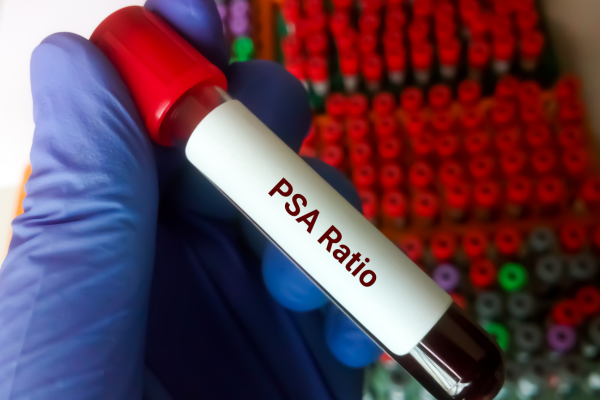“PSA: Understanding the Concerns Surrounding the Blood Test for Men” – By Dr Harold Gunatillake

 PSA, or Prostatic Specific Antigen blood test, is a must-test relevant to men’s health. The test is done annually with your other relevant blood tests, but if the test is not significant, once in three years would suffice.
PSA, or Prostatic Specific Antigen blood test, is a must-test relevant to men’s health. The test is done annually with your other relevant blood tests, but if the test is not significant, once in three years would suffice.
The function of this antigen is to help liquify semen, allowing sperm to swim freely.
**Introduction: **
Prostate cancer is the second most common cancer among men worldwide, and its incidence is on the rise. In Sri Lanka, it ranks as the fifth most common cancer among men. While prostate cancer is rare in men under the age of 40, the risk of developingthe disease increases significantly after the age of 50.
The incidence of prostate cancer among Sri Lankan men has risen, with the crude incidence rate (CIR) increasing from 3.1 per 100,000 in 2005 to 9.5 per 100,000 in 2019.
This prostate-specific antigen (PSA) is a protein normal and malignant prostate gland cells produce. It is secreted by the
gland’s epithelial cells.
The PSA test measures the level of PSA in the blood, which is usually reported in nanograms per millilitre (ng/ml) (The prostate epithelium has two cell layers: the luminal layer, which is composed of columnar epithelial cells, and the basal layer, which is composed of cuboidal epithelial cells. Either epithelial cell type can become transformed and give rise to prostate cancer).
Presence of prostatic epithelial cells in your urine.
A small number of epithelial cells may be routinely present in your urine. However, increased epithelial cells in your urine sample indicate kidney disease, infection, or other medical conditions. The number of epithelial cells in your urine sample is measured through a urine test.
Normal PSA Levels: • Age 40-50: 0 to 2.5 ng/mL
• Age 50-60: 2.5 to 3.5 ng/mL
• Age 60-70: 3.5 to 4.5 ng/mL
• Age 70-80: 4.5 to 5.5 ng/mL
You will notice that prostate-specific antigen (PSA) levels gradually increase with age. This is because the prostate gland grows as men age, increasing the amount of PSA released.
PSA levels are also affected by recent inflammation or infection of the gland or recent prostatic biopsy. Ejaculation or vigorous exercise two days before testing can also increase the levels.
Only observed:
If your doctor finds that your PSA levels are higher than usual, he will not jump to the conclusion you have prostatic cancer. The test is repeated three months or later, and if there is an increase in the PSA result, then it is only suspected that you may be developing prostate cancer.
There may be no symptoms at this stage. Common symptoms include difficulty urination, which may also occur in benign
enlargement of the gland. Blood in the urine or semen is a more positive sign to suspect cancer. You may also get erectile dysfunction and discomfort in the pelvic area.
I do not wish to discuss the treatment options in this article, which differ from clinic to clinic and doctors’ opinions. One treatment option is clear if prostate cancer is detected when you are over 80; no intervention is done for obvious reasons. Prostate cancers are very slow growing.
Conclusion:
Regular PSA testing and early detection are essential for better outcomes.
“You need to let go of the life you imagined and confidently embrace the life that is ready for you.”
End























